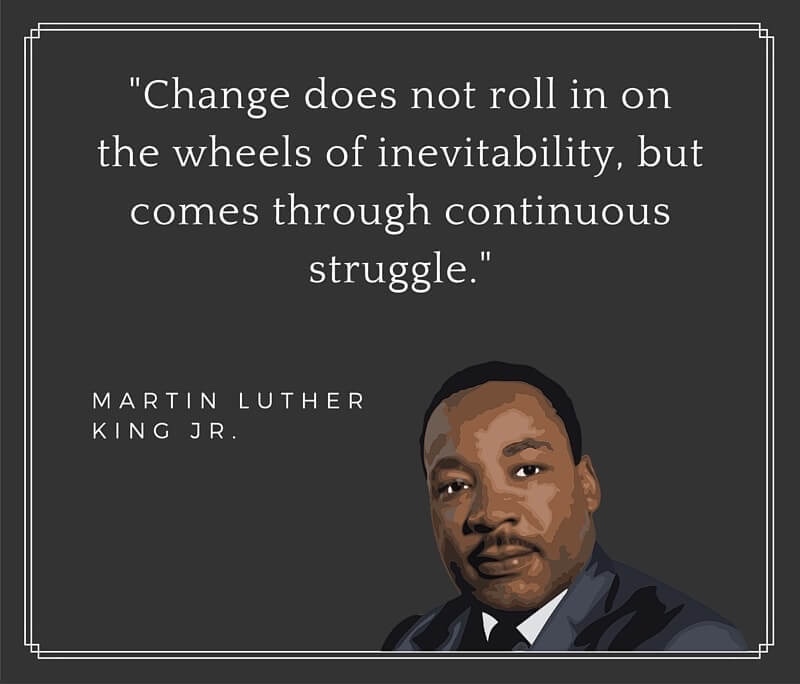Many years ago in my teaching career, I acknowledged a gaping hole in my pedagogical knowledge that’s rooted in an unchangeable part of my teacher identity: being a white woman.
The implications of this were both large and small. I realized that the students in my classroom who were most successful were the white females. I realized that the students I had the most trouble suggesting books for were the students who were not white females. I realized that my family phone call log was full of communication with male students and students of color.
I knew I needed to make a change. And I realized that the one and only variable of my classroom that I could ever control or change was myself.
It was then that I began to look critically at the systems and norms and institutions I had in place or held in place. I examined my curriculum critically and saw a slew of white authors. I found a canon of classics that were long and uninteresting and irrelevant to my students. I found a syllabus, a classroom contract, and a school handbook of rules that privileged a definition of behavior and compliance defined by white people.
So, I did what I considered an extension of my education program: I read theory, reflected, put it into practice, reflected some more; read more theory, reflected, practiced, repeat.
And I got better. My curriculum became more diverse (adios, dead white guys; hello, @diversebooks), my methods became more student-centered (goodbye, long tests; hello, conferring), my critical reflection became more astute (sayonara, mindless grading; hello, assessment for learning). And my students experienced more successes in reading and writing because I was addressing some of the inequities and inadequacies in my teaching.
Here we are, ten years after that realization, and I’m optimistically hoping antiracist teaching has become an educational aspiration that is normative. And, three states and four schools later, I’m still working to grow and improve.
So this summer, thanks to #cleartheair, #educolor, #disrupttexts, and #thebookchat friends on Twitter, my TBR list has been filled with books about antiracist, equity, and inclusive teaching. It’s been hard to find those books alone, and it’s been especially difficult to find voices of color in books specifically tailored to secondary English pedagogies and methods:
After that conversation, I was left with two things: an impressively wide to-read list filled with BIPOC authors discussing equity, and a distressingly narrow slice of books by BIPOC authors who were writing about literacy methods in high school classrooms. Here’s a short list of titles:
- Not Light, But Fire by Matthew R. Kay
- Fearless Voices by Alfred Tatum
- Writing Instruction in the Culturally Relevant Classroom by Maisha T. Winn and Latrise Johnson
- Total Literacy Techniques by Persida Himmele
- The Write Thing by Kwame Alexander
- Linking Literacy and Popular Culture by Ernest Morrell
I wondered why there weren’t more books like this out there, so I did some broader reading, too: Paolo Freire, bell hooks, Gloria Ladson-Billings, James Baldwin. At Cornelius Minor’s suggestion, I read Baldwin’s “A Talk to Teachers.” At my entire Twitter timeline’s suggestion, I read Robin DiAngelo’s White Fragility, and ordered Ibram X. Kendi’s How to Be An Antiracist.
These readings stirred my thinking in hundreds of ways, but it really boiled down to one change I wanted to make: elevating voices that have historically been silenced.

I specifically want to find and read texts by authors whose perspectives have been marginalized, to amplify those voices and others’ whose have been oppressed, and to help students tell stories they’ve not been able to tell before (but that’s another blog post). This cycle, to me, involves considerable struggle, but it is worth it to help change the narrative of who and what matters in classrooms. This is our tireless work, and my goal this year is to keep at it unflaggingly, with boundless energy, because it matters.
I hope you, too, have dug deep this summer into the changes you hope to make in your students, your teaching, and yourself. I wish you strength this school year as you internalize Baldwin’s words in his talk to teachers: “The obligation of anyone who thinks of himself as responsible is to examine society and try to change it and to fight it.”
Please share your thinking in the comments: who might you add to this reading list? What changes are you hoping to make this school year? Please also consider joining our writing team!
Shana Karnes lives, learns, and teaches in Madison, Wisconsin, with her husband and babies. This year she’s working with the Greater Madison Writing Project at the University of Wisconsin. Connect with Shana on Twitter at @litreader.
Tagged: antiracist teaching

Thanks for the list! I’m currently reading An African American and Latinx History of the United States by Paul Ortiz and finding it perspective-bending!
LikeLike
Thank you for this post. I work in a district that has a faculty that is mostly white, and our student population is not very diverse either. I know I need to raise the voices of those students. This is an area that I have not fully discovered, but these book recommendations will certainly help.
LikeLiked by 1 person
Thanks for reading, Leigh Anne. I’ll look forward to hearing what you discover! 😊
LikeLike